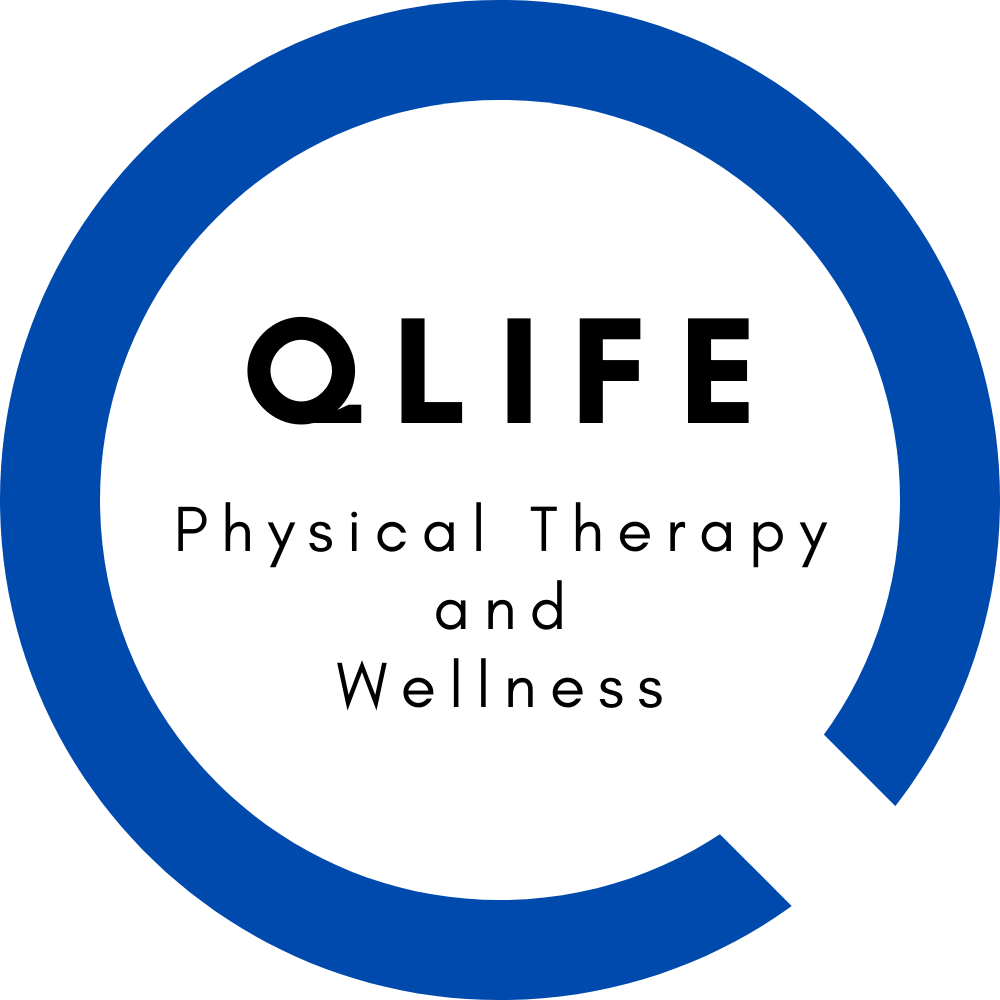Living Longer, and Stronger
Life expectancy is at its all-time high, the fact that so many people are living longer, well into their 80s and 90s is a wonderful ideal. However, the sad reality is that living longer doesn’t always include a good quality of life, it’s not a package deal.
Many people outlive their children and their pensions, and end up feeling like they’ve become a financial, physical and emotional burden on their families. Swallowing handfuls of pills every day, losing independence and requiring nursing care is not the way most people would choose to spend their last years.
However, there are steps you can take to reduce the risk of this outcome. Making a conscious decision to take small steps (literally) from today, could make all the difference in your life going forward.
Physical activity when performed regularly, has been proven to prevent and help manage more than 20 chronic conditions. These include coronary heart disease, stroke, type 2 diabetes, cancer, obesity, mental health problems and musculoskeletal conditions.
Sadly, you can’t bank the benefits of exercise from your youth. Ideally being active throughout your lifespan would give optimal health benefits, however research has shown the health gains achieved through physical activity can be attained at any time. So, it doesn’t matter when you start as long as you start!
Now we’re certainly not saying you have to sign up for an IronMan Ultra-Triathlon or become the next Crossfit Superhuman. Physical activity includes all forms of exercise, such as everyday walking or cycling to get from A to B, active play, work-related activity and active recreation; such as working out in a gym, dancing, gardening or playing active games, as well as organized and competitive sport.
Physical inactivity is the fourth leading risk factor for death. The latest research shows that a sedentary life is as great a risk factor as smoking and obesity, for heart disease risk. Sedentary behavior is not simply a lack of activity but a cluster of individual behaviors where sitting or lying is the dominant mode of posture, and energy expenditure is very low.
Inactivity was always associated as a cause of being overweight or obese, which in turn results in an increased risk of heart disease and diabetes. However, the most current research has shown that even normal weight individuals that are inactive, are at risk of developing disease.
While you can blame it on your job or school that forces you to sit for hours in a day, you can also mitigate the negative effects with just 60-75 minutes of moderate intensity PA a day.
Regardless of your activity starting point, there are benefits to be gained for anyone who increases their activity levels. Individuals that follow the recommended physical activity guidelines have shown to have optimal health benefits of a 39% reduced risk of dying from any disease. However, anything is better than nothing – even doing half the amount of the recommended weekly activity has shown a 20% lower risk of mortality.
Regular physical activity roughly halves your chance of developing some cancers, like bowel and breast cancer. Studies have shown that people who continued to exercise once diagnosed with cancer had significantly less cancer deaths and any-cause death than those who were inactive.
If you’d like to know more, you can download our Gold Standard Physical Activity Recommendations leaflet, along with additional exercise advice for people suffering from the following conditions, all of which can benefit significantly with regular physical activity.
1. Staying Healthy and Preventing Disease
2. COPD
3. Depression
4. Musculoskeletal Pain
5. Type 2 Diabetes
6. Cancer
7. Dementia
8. Falls and Frailty
9. Inflammatory Arthritis and Osteoarthritis
10. Heart Disease
You can download all the leaflets HERE
I hope you find these resources useful.
QLife Physical Therapy and Wellness


